Barbara Stanwyck once famously said, “My only problem is finding a way to play my 40th fallen female in a different way from my 39th.” It’s a charming acknowledgement of her propensity for playing con women, femme fatales and ambitious free spirits in the golden age of her 60-year career.
Hollywood’s unsung heroine
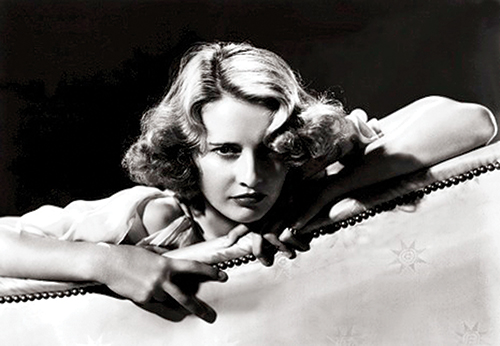
Barbara Stanwyck once famously said, “My only problem is finding a way to play my 40th fallen female in a different way from my 39th.”
It’s a charming acknowledgement of her propensity for playing con women, femme fatales and ambitious free spirits in the golden age of her 60-year career.
But Stanwyck’s contribution to film history is grander than that. Many of her films have an unmistakable feminist aura, and as one of old Hollywood’s most brilliant actresses, her influence on the way women are portrayed in film is still felt today.
Born Ruby Stevens, Stanwyck was a Brooklyn native who danced in the Ziegfeld Follies as a teenager and gained notable success both as a chorus girl and a Broadway actress before transitioning to film.
When she was 23, Frank Capra cast her in Ladies of Leisure, the film that made her a star. For nearly three decades, she worked with some of the greatest directors and leading men in Hollywood, and by 1944 she was the highest-paid woman in America.
Her most famous role may have been as the femme fatale housewife in Billy Wilder’s Double Indemnity, often called the greatest film noir ever made. In the 1960s, she launched a successful television career that lasted nearly the rest of her life.
The Northwest Film Center highlights 10 of Stanwyck’s films in an upcoming festival,
“Barbara Stanwyck: The Miracle Woman,” which begins this weekend at the center’s Whitsell Auditorium.
The center aptly focuses on Stanwyck’s range, showing the wide variety of genres she acted in throughout her career. While Stanwyck herself may have thought that all her characters were fallen women, a more accurate commonality is their fierce independence and ability to upstage the men.
There’s something about Barbara Stanwyck that makes her seem ahead of her time.
That’s incredibly evident in 1933’s Baby Face, directed by Alfred E. Green. This film came along before Hollywood started abiding by the Hays Code for censorship guidelines, and indeed it played a huge part in getting the code enforced a year later.
Stanwyck plays a speakeasy barmaid who has been forced by her father (the owner) to sleep with his customers since the age of 14. When her father dies, she takes off for Manhattan, seducing men and sleeping her way to the top, landing a comfortable job in a bank and cash and gifts from her admirers.
The film, which references Nietzschean philosophy and its message of women using men to get what they want, was censored and changed to a more palatable lesson on becoming modest
and decent.
But the uncensored version of Baby Face, which remained unseen until 2004, is a fascinating portrait of its time. Both the moral ambiguity and Stanwyck’s revolutionary performance are enough to make you look at 1930s films in a whole new way—especially if you’re unfamiliar with how scandalous pre-code movies can be.
A much different affair altogether, Pauline Kael called Preston Sturges’ 1941 film The Lady Eve a “frivolous masterpiece.” Stanwyck plays a con woman named Jean who fails to seduce a rich scientist (played by Henry Fonda) on a cruise ship.
On land, she reinvents herself as Lady Eve and tries again but, of course, she falls in love
with him.
The Lady Eve employs that screwball, Shakespearean device of a woman pretending to be somebody else and actually getting away with it, though the obviousness is hinted at several times, mostly to comic effect.
Barbara Stanwyck: The Miracle Woman
March 15–31
Whitsell Auditorium
1219 SW Park Ave.
$9 general admission, $8 students
For showtimes, go to nwfilm.org
But the best part of the film is how brass and aggressive Stanwyck’s character is, compared to Fonda’s gentle and naive millionaire, Charles Pike. Their unique dynamic and chemistry make it a classic comedy.
One of Stanwyck’s most underrated films is Meet John Doe, a Capra production filmed the same year as The Lady Eve. Stanwyck hadn’t worked with Capra since he gave her her big break; when they reunited, she was a major Hollywood star.
He cast her as Ann Mitchell, a fired newspaper reporter who fabricates her final column by printing a fake suicide letter from John Doe. When the column draws attention, she hires Gary Cooper’s baseball-player-turned-bum to pretend to be John Doe, and starts a sensational column in his name, urging people to be more neighborly and to help those in need.
It’s classic Capra and a lovely departure for Stanwyck. Ann is still a tough and independent character, but she’s no fallen woman, and the film has a lot to say about heroism and
human decency.
It makes me think of the 1992 film Hero, which was not a direct remake but closely resembles the Meet John Doe story. Director Stephen Frears packed his film with tributes to Capra, and Geena Davis, the Barbara Stanwyck of the ’80s and ’90s, played the role of the reporter.
Dan Callahan’s recent biography of Stanwyck inspired the center’s career-spanning series, and Callahan will be on hand to introduce both The Lady Eve and Samuel Fuller’s 1957 western Forty Guns. Other Stanwyck selections include Double Indemnity; Sorry, Wrong Number; Stella Dallas and more.
It’s a fitting tribute to a fallen woman who was head and shoulders above the rest.

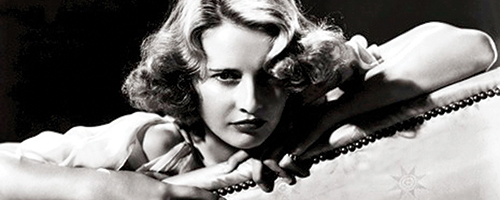
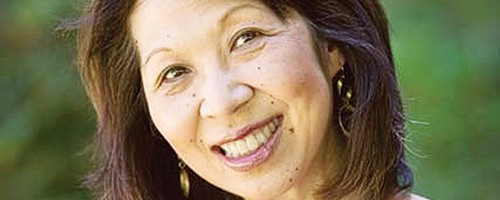


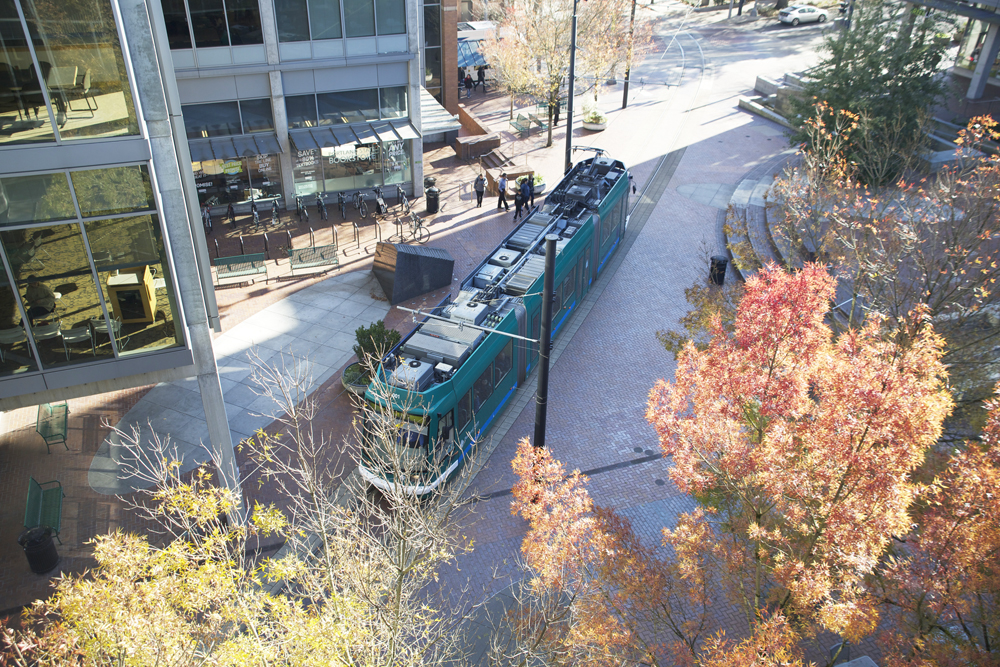
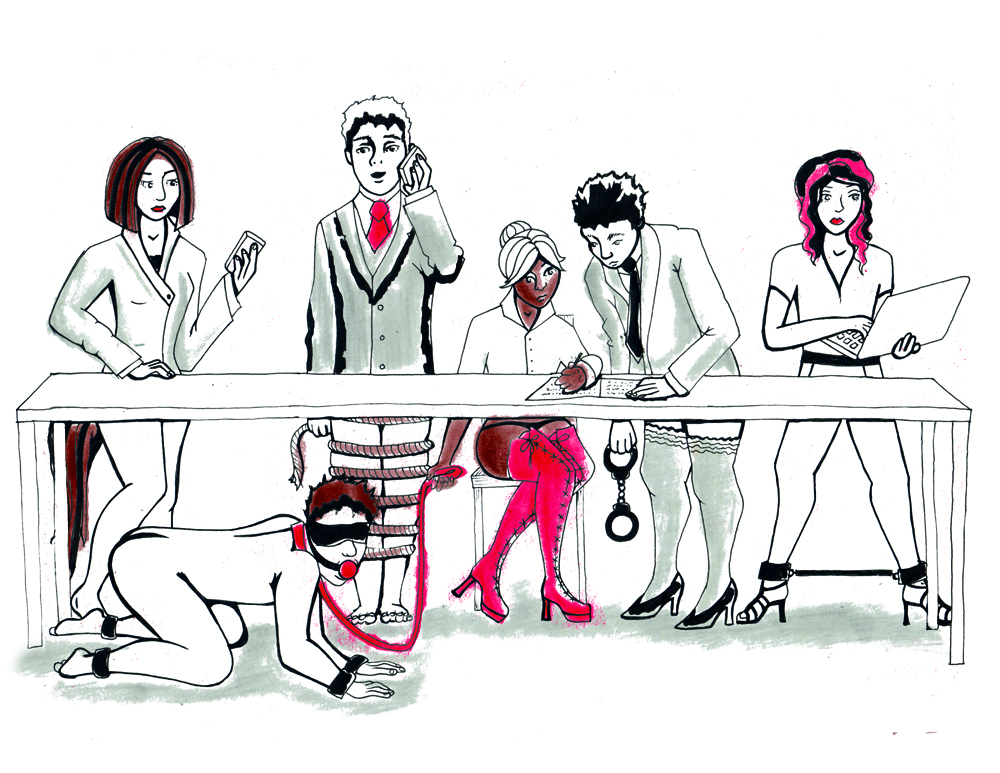

Barbara Stanwyck,in my opinion, is the greatest of the classic screen actressess. She had a range unmatched by others such as Bette Davis and Katherine Hepburn. Why she never won the Oscar is beyond belief! I have all the films you are going to screen and love them all, but I think my favorite of hers is the early Capra, Ladies of Leisure. Wow, what emotions, it gets me every time!